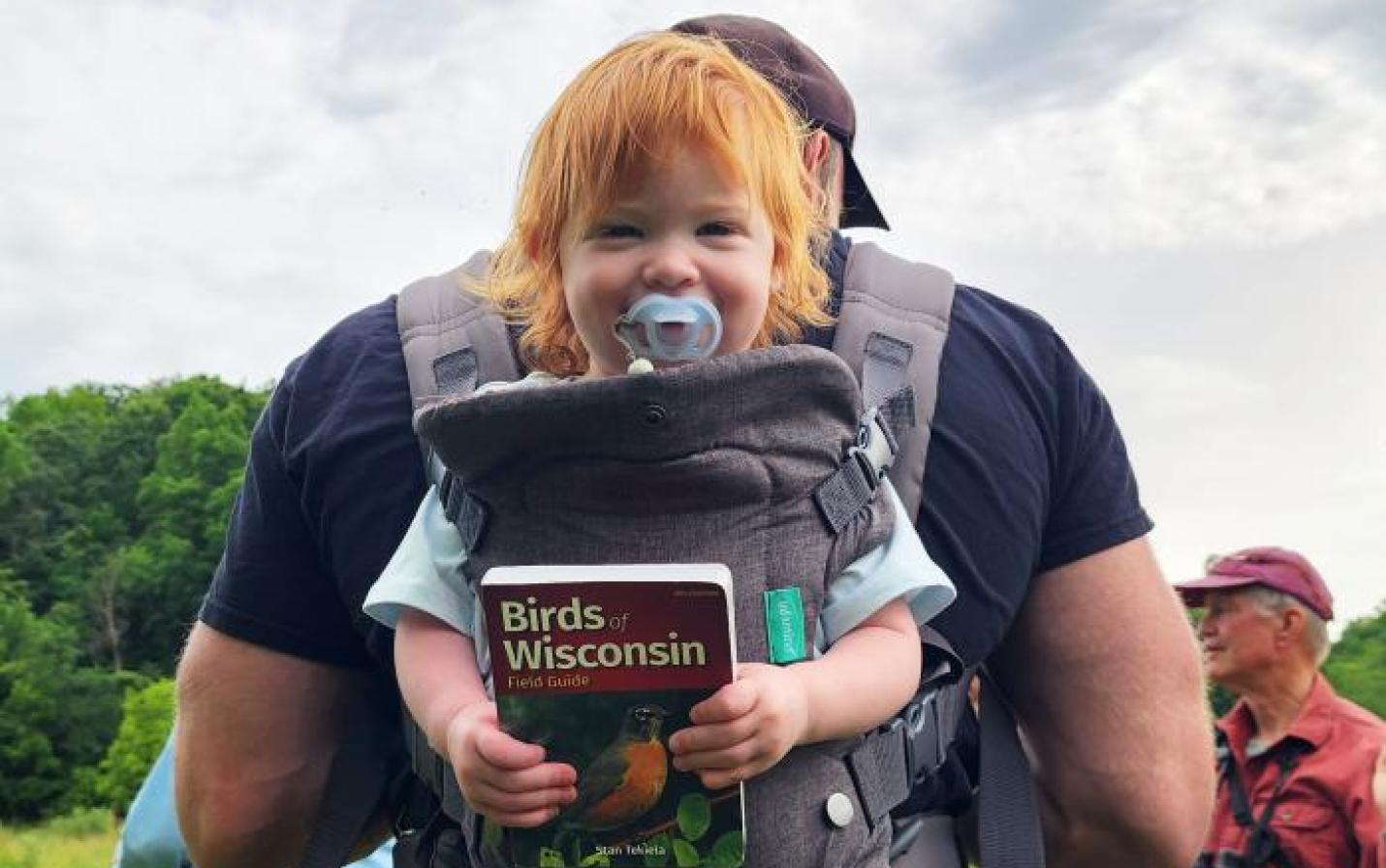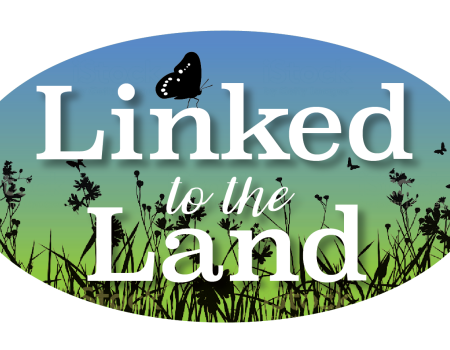
A Lifetime of Birding Begins
After spending most of my lifetime hiking in the woods, I have developed a deep appreciation for nature and the animals who call the woods home. I have spent countless hours in silence soaking in all of the incredible sounds of nature, reveling in the stillness and pure joy it brings to my soul. However, this spring was the first time I went on a hike specifically geared toward listening for and learning about birds. Stepping into the woods with the early morning light tickling the dew on the spring ephemerals along the path, I felt almost giddy, as if I was walking into the woods for the first time. In a way, I was, because I was learning to listen in a new way.
Within minutes, I felt a transformation from just thinking about how many birds were singing to noticing a different cadence in the songs I was hearing. I was with a team of people who were experienced birders who would stop and quietly point a finger in one direction and we would all pause and listen. Often, our leader would trace the up and down pattern of the melody with his finger in the air, and give us a tip on how to remember the sound of a particular bird. We would all squint as hard as we could to see the elusive birds flitting from branch to branch above our heads, and the excitement was almost palpable when someone would gasp and say something like, “There. Third branch up on the right near the trunk,” and we would catch a glimpse of the iridescent blue of an indigo bunting, or the subtle coloring of a female Tennessee warbler.
Because I will not always have expert birding guides with me, I uploaded the Merlin app onto my phone before I left that morning, and it was such a gift. I had no idea this app even existed and while I’m the last person to suggest looking at a phone while in the woods enjoying nature, this app has truly expanded my ability to identify and learn more about the birds around me.
As we walked, I would set it to record from time to time, and when I would hear a sound I just wasn’t sure about, the phone would flash an image of the bird on my screen. At any time, I could stop the recording and play the actual recording of a known bird and double check on the visual or audio cues I noticed. Between the app and my guides, I left after two hours with my head overflowing with bird sounds and so much information about the many birds who use our protected properties for food, shelter, and a place to raise their young.
Leaving the woods that morning, I felt like my heart had expanded, like my whole world had grown. I went into the woods thinking I might learn about ten or twelve birds, and came home with a list of over 60 species that were all around us. Everything has shifted now from the simple appreciation that ‘There are a lot of birds singing today,’ to ‘Wow, that is a threatened cerulean warbler’ and ‘What can we do to be sure all of these birds have a safe place to raise their young?’ While I love to hike and lose myself in my thoughts and let nature wrap around me, I’m even more inspired now to take photos or recordings from time to time as I hike to learn more about all of the animals who rely on these native habitats for survival.
Driving home, I thought, ‘How will I ever remember everything I learned today?’ The sounds and names were already slipping away. When I got home, I pulled up the list of birds identified on my app, and I was able to sit and play the bird sounds while looking at the images over and over, and that has been helping me to reinforce all that I learned that day. The app almost works like the flash cards of my youth, with the added benefit of being able to listen, read and learn more. Birding is truly like learning a foreign language, and when you add the fact that the females often look very different than the males, it can be a difficult task identifying birds. However, by taking advantage of our Linked to the Land opportunities to go hiking with experienced birders, listening with intent, and using technology, anyone can begin to master the language and sight of birds. As we each increase our awareness and understanding of all the creatures that rely on the native habitats of the Driftless Area, it helps us build an even greater personal connection to the land around us. When we feel that deep connection, we all do better together.

Sign up for our free e-newsletter to be among the first to know of upcoming hikes and workshops.